Summary
The lake is stocked with a variety of fish species, including rainbow trout, brown trout, northern pike, largemouth bass, and channel catfish. These fish can grow to impressive sizes, with some rainbow trout reaching over 20 inches in length.
Anglers can enjoy a variety of fishing techniques, such as fly fishing, bait fishing, and spin casting. The best time to fish at Ashurst Lake is in the spring and fall when the water temperatures are cooler. The average temperature during these seasons ranges from the mid-50s to the low 70s, providing comfortable weather conditions for fishing.
Aside from fishing, visitors can enjoy activities such as hiking, camping, picnicking, and wildlife viewing. The area is home to a variety of wildlife, including elk, deer, and a variety of bird species.
For those looking to catch some fish, it's recommended to use lures and baits that mimic the natural food sources of the fish in the lake. Fishing from a boat or kayak can also increase the chances of catching larger fish.
Overall, Ashurst Lake is a fantastic fishing destination that offers a variety of fish species, breathtaking scenery, and a range of outdoor activities. Whether you're a seasoned angler or a beginner, Ashurst Lake is worth a visit.
Weather Forecast
Nearby Streamflow Levels
Angling Safety Guidelines
Check local fishing rules, seasons, size limits, and license requirements to ensure legal and sustainable angling.
Handle Fish Responsibly
Use wet hands, minimize air exposure, and release fish gently to improve survival rates when practicing catch-and-release.
Choose the Right Gear
Match your rod, line, and tackle to the species and conditions to increase success and reduce unnecessary harm to fish.
Respect the Waterway
Avoid disturbing habitat, prevent bank erosion, and keep a safe distance from spawning areas to protect ecosystems.
Keep It Clean
Pack out all line, hooks, bait containers, and trash—discarded gear can injure wildlife and degrade waterways.
Related Links
Area Campgrounds
| Location | Reservations | Toilets |
|---|---|---|
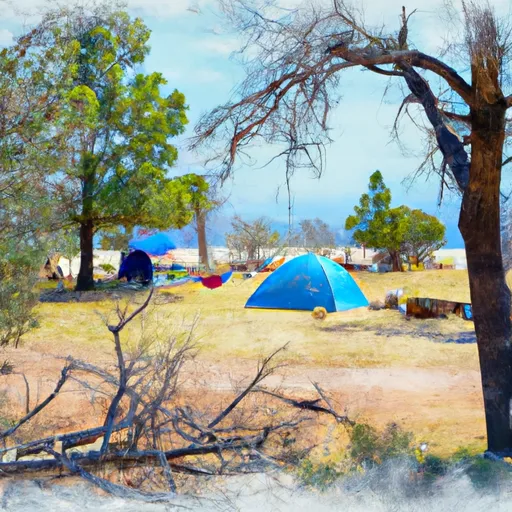 Ashurst Lake Campgrounds
Ashurst Lake Campgrounds
|
||
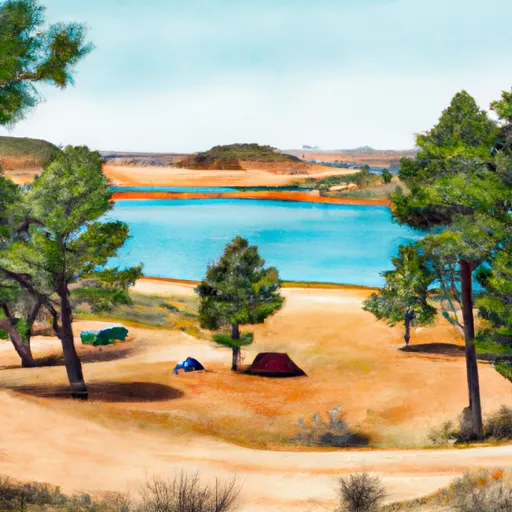 Ashurst Lake
Ashurst Lake
|
||
 Forked Pine
Forked Pine
|
||
 Pinegrove
Pinegrove
|
||
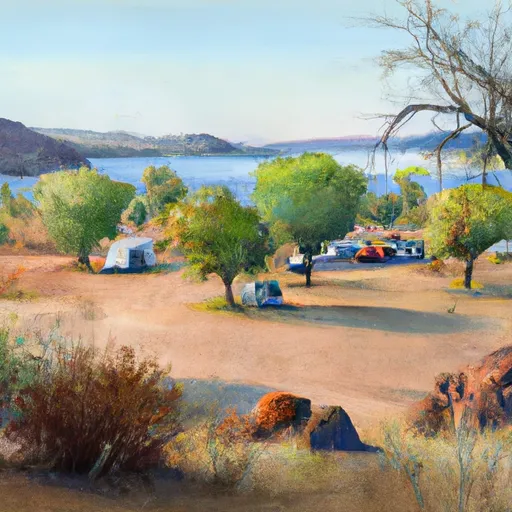 Lakeview Campground
Lakeview Campground
|
||
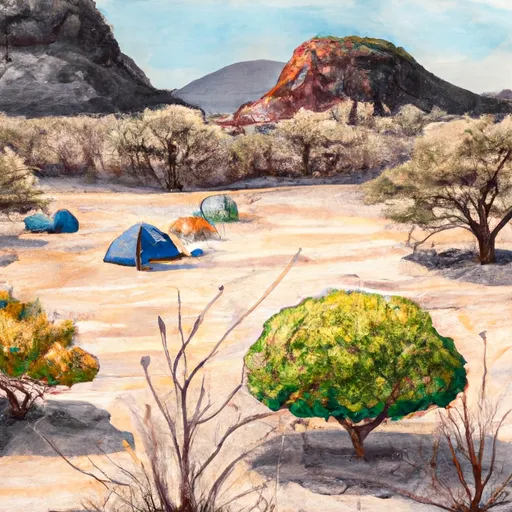 Dairy Springs
Dairy Springs
|

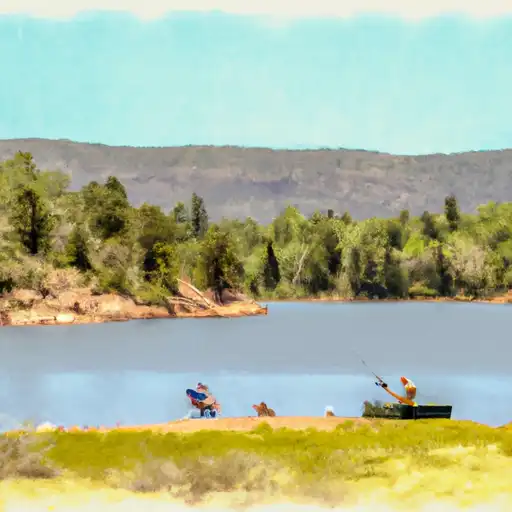 Coconino Lake
Coconino Lake
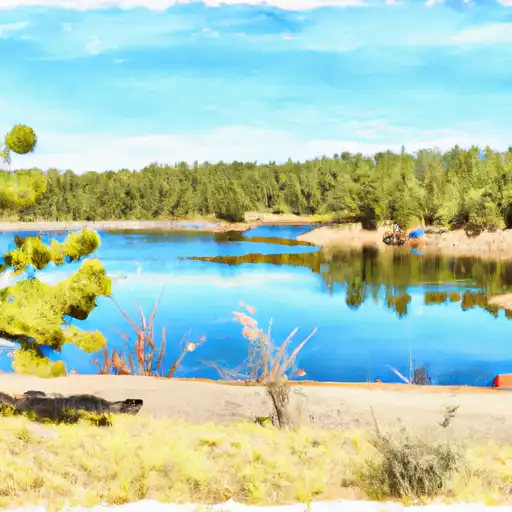 Upper Lake Mary
Upper Lake Mary
 Marshall Lake
Marshall Lake
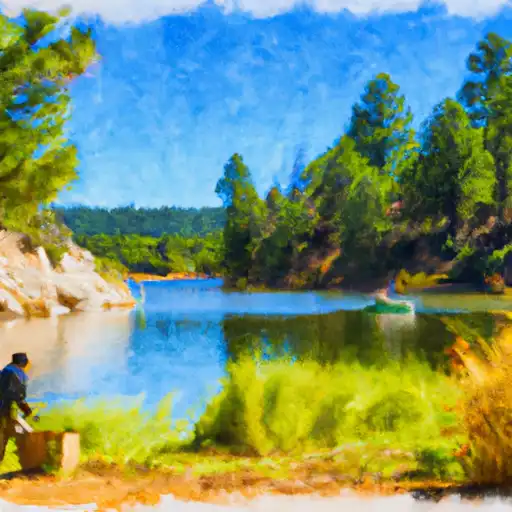 Lower Lake Mary
Lower Lake Mary

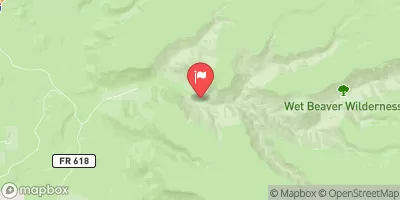
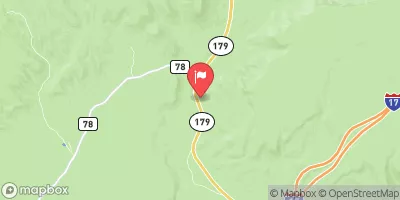
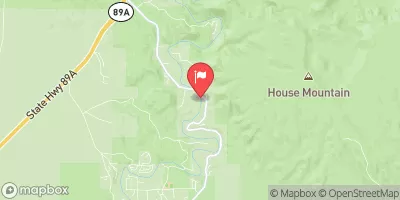
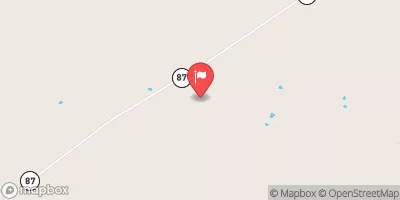
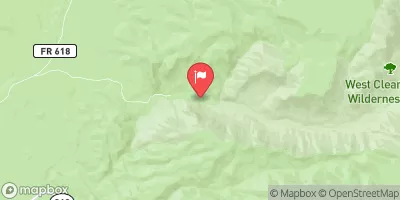
 Ashurst Lake
Ashurst Lake